Campania Felix. Sunset
2020
Ancient Campania (often also identified as Campania Felix or even Ager Campanus) originally indicated the territory of the city of Capua Antica in the Roman period, and later also the plains of the various neighboring municipalities. It was a very vast territory when compared with the other Italic cities of the Roman and pre-Roman periods. It stretched from the slopes of Mount Massico (in the north) to the south of the Phlegrean Fields and the Vesuvian area. Initially it also included the ager Falernus, then it was greatly scaled down from Rome due to the alliance of the city of Capua with Annibale. Thanks to the fertility of the soil also due to the presence of the Volturno river, it deserved the name of Campania Felix.
You may also like
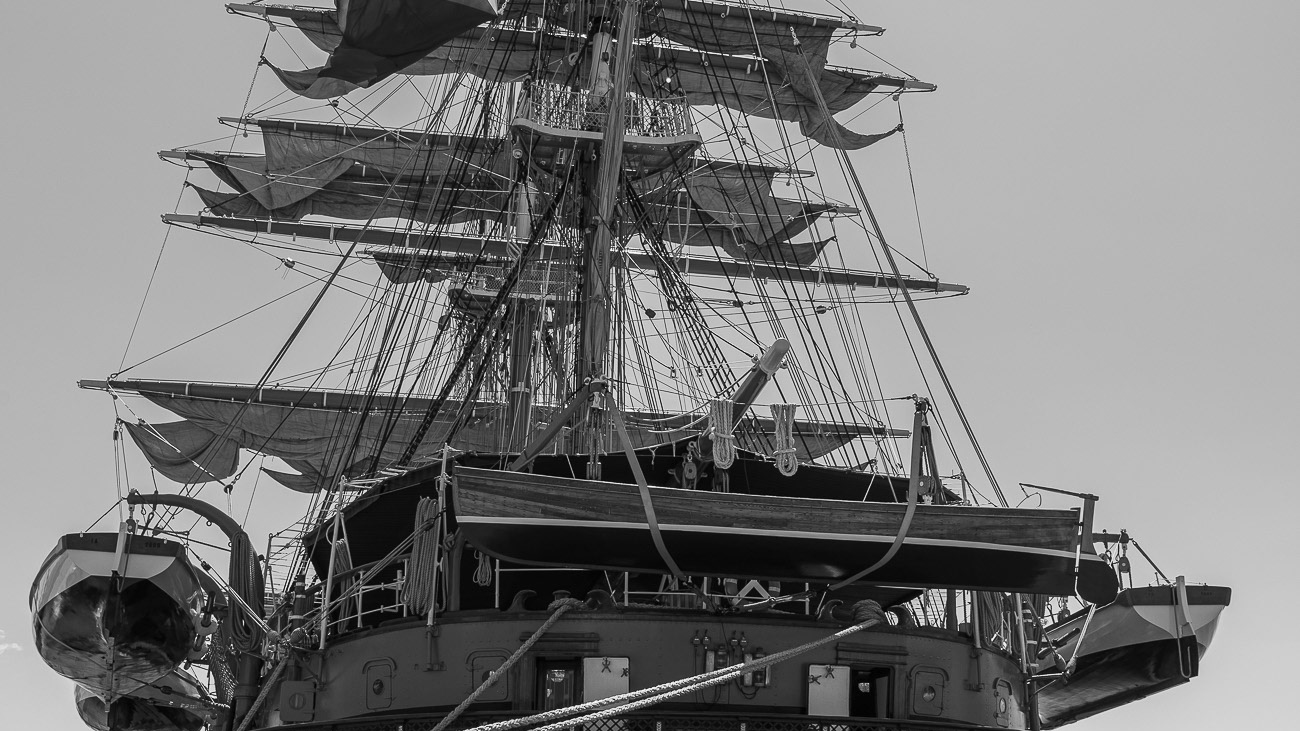
2022
Ship Amerigo Vespucci
The Amerigo Vespucci is a sailing ship of the Navy built as a training ship for the training of officer cadets of the normal roles of the Naval Academy. The Vespucci was designed together with her twin Cristoforo Colombo (although of slightly different dimensions) in 1930 by the engineer Francesco Rotundi, lieutenant colonel of the naval engineers and director of the Royal shipyards of Castellammare di Stabia. The training ship was launched on February 22, 1931 in Castellammare di Stabia. She left fully prepared on 2 July for Genoa where, on 15 October 1931, she received the battle flag in the hands of her first commander, Augusto Radicati di Marmorito. Her task was to support the Cristoforo Colombo in the training activity, and she was placed in the School Ships Division together with the Colombo and another minor ship, making various training cruises in the Mediterranean and the Atlantic; at the end of the Second World War, due to the effect of international agreements, the Cristoforo Colombo had to be sold together with other units to the USSR, as compensation for war damages.
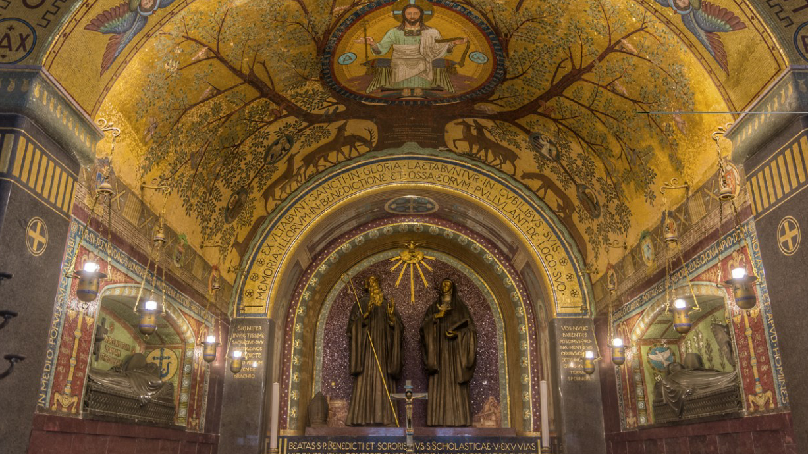
2020
Benedictine abbey of Monte Cassino. Interior view
The abbey of Montecassino is a Benedictine monastery located on the top of Montecassino, in Lazio. Since December 2014, the site has been managed by the Lazio Museum Center. It is the oldest monastery in Italy together with the monastery of Santa Scolastica. It rises 516 meters above the sea level.
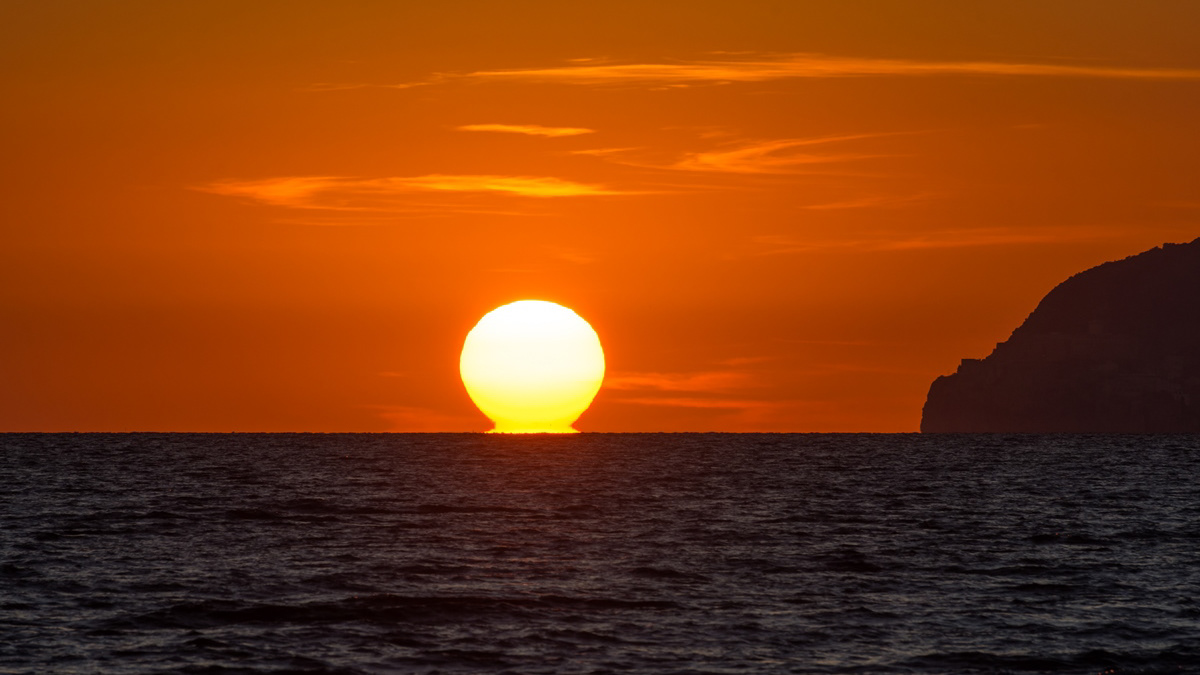
2017
Marina di Minturno (LT) - Sunset

2020
The Moon

2020
Molise, Mainarde. Sunset
Mountain range which, compared to the Abruzzo National Park, extends from north to south and whose crests delimit the border between Lazio (west) and Molise (east). Due to its importance both from a naturalistic and faunistic point of view, the mountain range was inserted by presidential decree in the Abruzzo National Park in January 1990. It includes high altitude peaks that are around 2000 meters: Monte Meta (2241), Monte Metuccia, Coste dell'Altare, Monte Mare (2020), Monte Cavallo (2039), Monte Forcellone (2030). The Mainarde, like the rest of the Apennine mountains, are very ancient and of limestone origin. On them the erosion of winds and waters has left clear traces in gorges, gullies and beautiful potholes of the giants, the latter very clearly visible by anyone who looks out from the viewpoint of San Michele. Covered by dense arboreal vegetation (beech groves) up to an altitude of 1800-1900 meters, the Mainarde - beyond this altitude - offer a spectacular turf, ideal habitat for particular types of endangered fauna such as the Abruzzo chamois the Marsican brown bear, the Apennine wolf and the lynx.

2018
Nativity scene of the Cathedral of Teano 2018
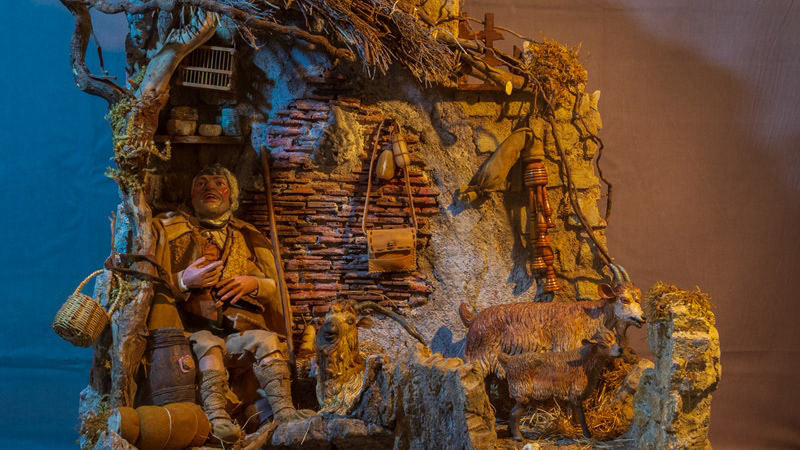
2018
Neapolitan nativity art

2019
Sunrise

2018
Miscellanea
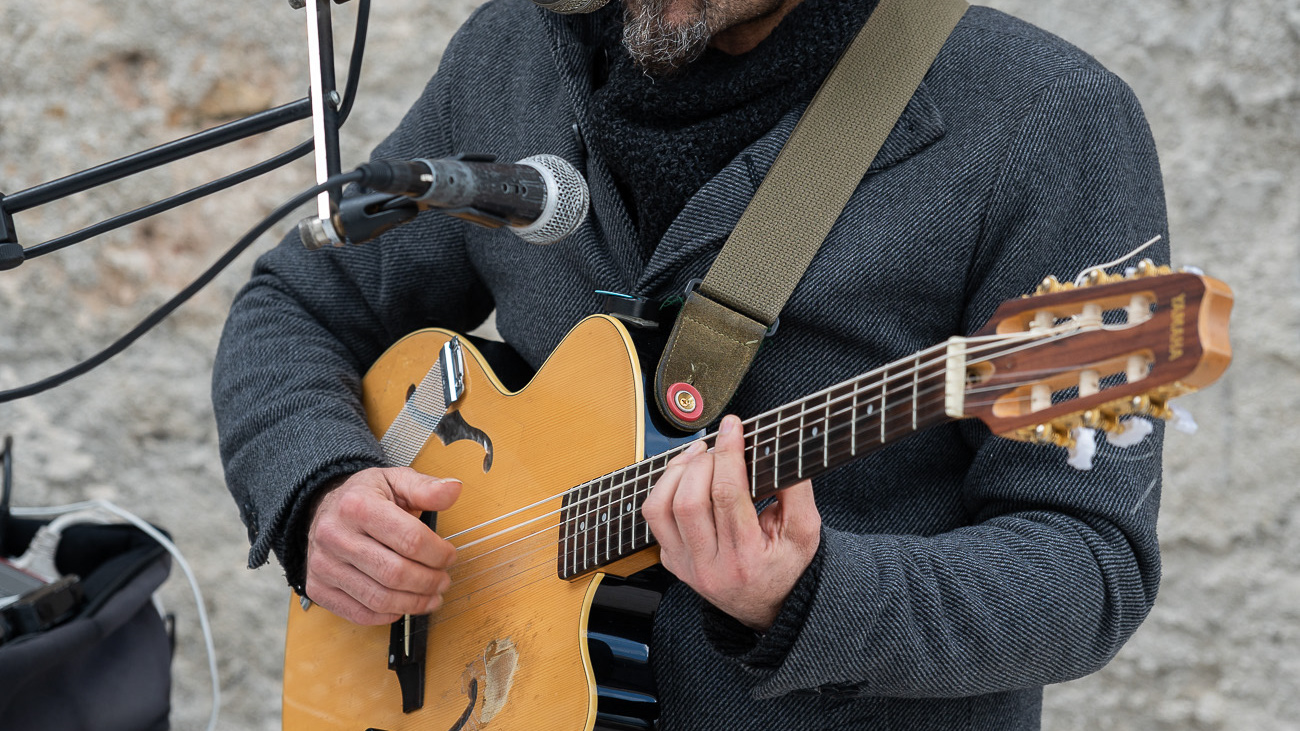
2023
SALLY Cangiano. Fornelli 10 aprile 2023
